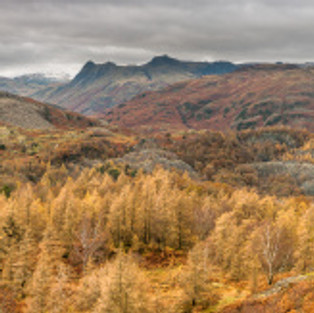
Here are a few more shots from Holme Fell, the location I’ve been visiting so much recently.
I’ve been asked to give a talk to a local natural history society (they’re booking well in advance – this is scheduled for February 2021!). For my subject I’ve decided to talk about how our supposedly natural landscapes are actually man-made. This was prompted by a TV programme I saw recently about some part of the countryside where a woman was asked why she helped out with the local grouse shoot when she was a vegetarian. She said these pastimes help to conserve the landscape that we love. I couldn’t help wondering what would happen to that landscape if it were left to its own devices. It wouldn’t spontaneously cover itself in concrete.

However, it is a fact that most of the pretty countryside we like so much in England and Wales is entirely the work of humans. Holme Fell is a very good example. The tarn you see in two of the shots, Yew Tree tarn, was created in the 1930s when the landowner decided to dam the river. The wider fell area is full of old mine workings, now abandoned (very beautifully) to silver birch and larch. Most of the cumbrian fells are generally denuded of trees because of hundreds of years of sheep grazing.
This is the countryside we love, but we have made it that way.













Comments